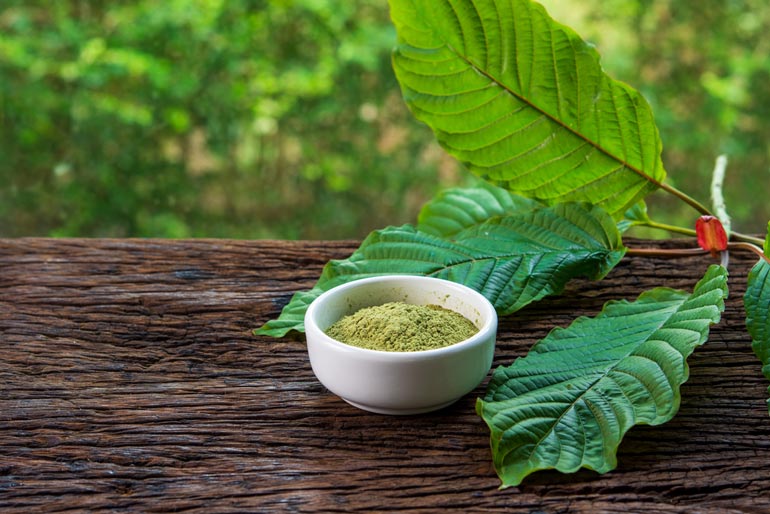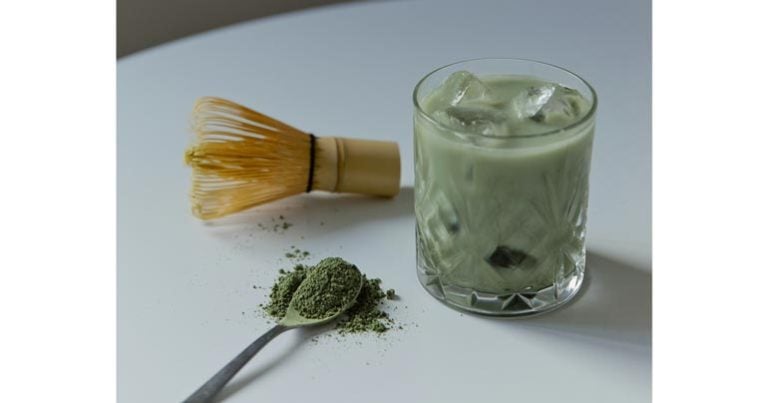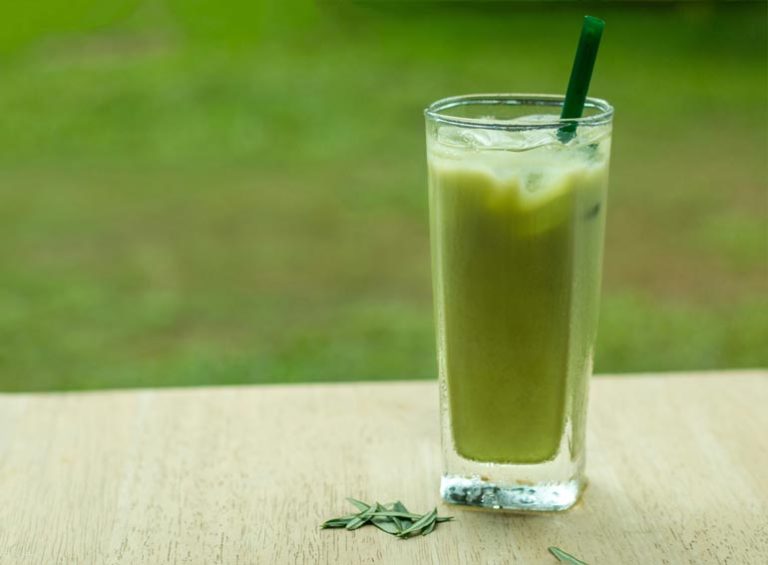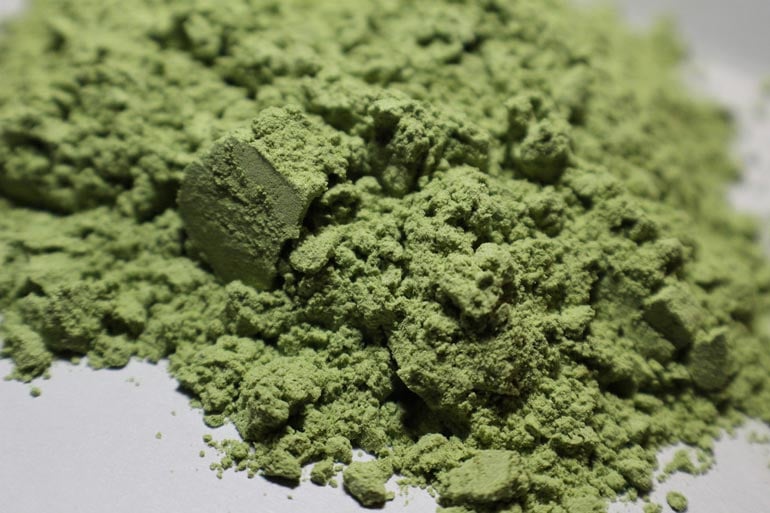Kratom in Canada: 5 Essential Tips for Safe and Informed Use
Explore the world of kratom in Canada with our comprehensive guide. Learn about its legality, discover its potential benefits, find high-quality sources, differentiate between strains, and understand the possible side effects. Ensure your safe and informed kratom journey starts here!

Kratom is a fairly controversial drug that has become a major talking point in alternative medicine discussions worldwide. It comes from Mitragyna speciosa, a tree native to Southeast Asia whose leaves have been used as a home remedy by locals for decades.
Kratom attracts praise and criticism in equal measure. Proponents view it as a powerful remedy for various common ailments, while critics take issue with its potential psychedelic abilities.
Kratom’s mind-altering effects explain why it has been subject to regulation in many countries. It also underscores the significance of proceeding with caution while administering the herb.
Join us as I walk you through the five essential tips for safe and informed kratom usage in Canada.
Determine Its Legality
The most important tip before using kratom in Canada is to understand its legal status.
Kratom is legal in Canada both at the national and provincial levels. The two main state agencies involved in regulating the use and distribution of kratom Canada – Health Canada and the Canadian Food Inspection Agency (CFIA) – are yet to enact stringent policies around the herb.
However, kratom’s legality in Canada comes with one condition. Vendors shouldn’t deal in products intended for oral consumption. These include kratom-infused gummies, baked goods, pills, tinctures and herbal tea.
Kratom manufacturers are also legally required to carefully label their products.
Fortunately, these restrictions do not apply to users. Kratom consumers can administer the herb in whichever formulation they deem fit.
Know What Kratom Can Treat
As already hinted, there are numerous medical issues that you can effectively manage using kratom.
Kratom is commonly used for pain relief. The herb contains powerful alkaloids that relieve pain by binding to opioid receptors in the brain.
Kratom may also inhibit inflammation. That’s due to its ability to counter the release of pro-inflammatory messengers like cytokines and chemokines.
Determine What Constitutes High-quality Kratom
Kratom undeniably boasts many health benefits. However, it’s prudent to conduct extensive research to ensure you’re investing in high-quality supplements, not substandard ones.
One way to vouch for the quality of kratom products is to source them from legitimate outlets. You can establish the legitimacy of a kratom vendor based on their duration of existence and approval ratings.
Reputable companies tend to have a history spanning at least five years and enjoy favorable reviews from most of their previous clients.
It’s also best to keep your eyes out for a certificate of analysis (CoA) report. A CoA is a lab-testing report confirming the safety and efficacy of kratom products.
Differentiate Between the Strains
We’ve already hinted at white-vein and red-vein kratom. These are two of the three major kratom strains classified by leaf vein coloration. The other one is green-vein kratom.
White-vein kratom is generally uplifting, while red-vein kratom is soothing. Green-vein kratom provides milder effects of both its white-vein and red-vein cousins.
Note that kratom strains may also get their names from their specific regions of origin within Southeast Asia. You’ll come across terms like red Bali, white Borneo, green Malay, etc.
The color reference in the strain speaks to its dominant effects.
For instance, white Borneo is essentially white-vein kratom from Borneo. So, the strain is mostly energizing.
Know the Side Effects
Kratom may be effective at treating or managing various ailments. But it’s not without its adverse effects.
Common negative interactions to Mitragyna speciosa include nausea, drowsiness, agitation, sleeplessness and blood pressure fluctuations. There could also be long-term complications, such as erectile dysfunction (ED) and liver damage.
The good news is that kratom presents a relatively higher safety profile than most herbal supplements. You’re unlikely to suffer any adverse reactions unless you overdose on the herb.
Interestingly, kratom has no standard dosage. Serving amounts depend on a combination of factors, including dosage, delivery method and the reason for consumption.
The common wisdom is to begin with low doses (such as 5 grams per day). Allow your body to acclimatize to the herb before possibly upping your doses.
Final Word
Safe and effective kratom usage depends primarily on adequate knowledge of this novelty drug. So, consider all the tips mentioned before consuming kratom in any form, and if the need arises, consult your doctor before consuming kratom.
















Comments 0
No Readers' Pick yet.